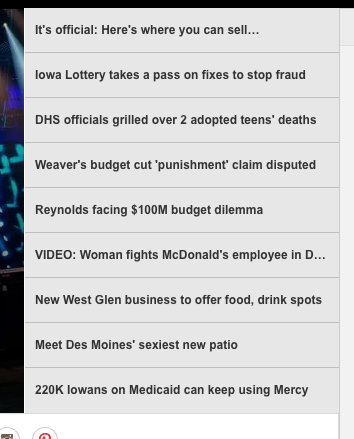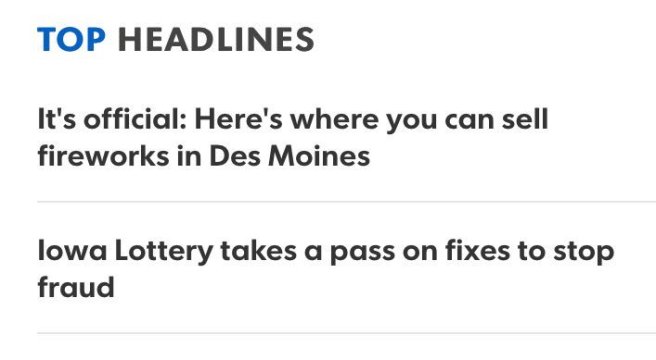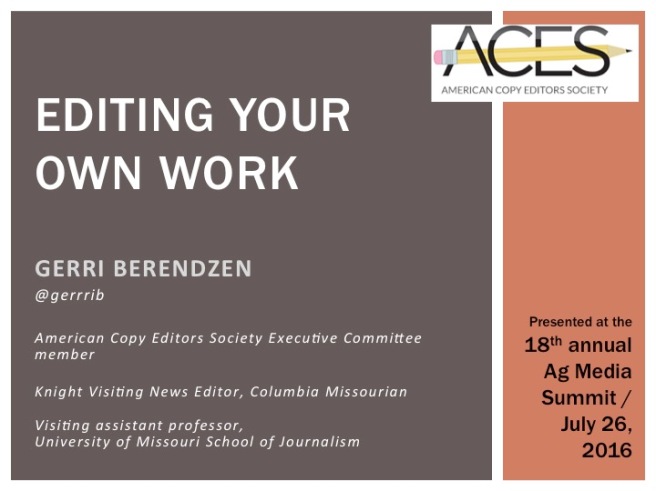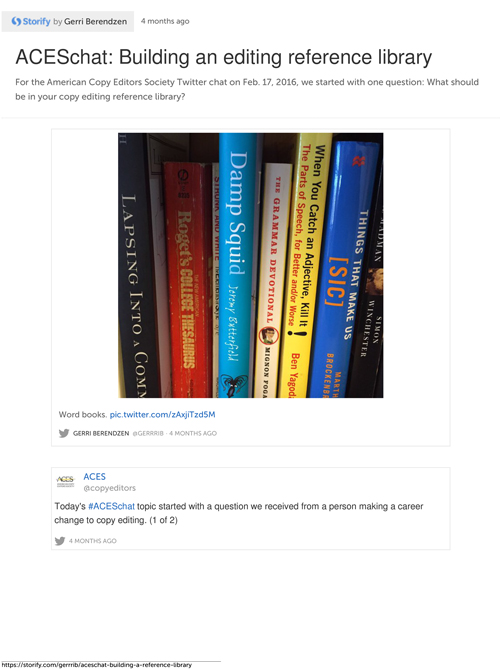Credibility and accuracy. They should be two of the big things that distinguish stories produced by the news media from all the other words on the internet.
I say “should be” because accuracy often takes a back seat to speed these days.
Journalists have always needed to be skeptical, but it’s especially important in an environment where information spreads quickly and widely and where more and more people are trafficking in fake news.
Since 2000, the number of fact-check stories done by the U.S. news media has increased. (Research from the American Press Institute’s Fact-Checking Project says the increase was 300 percent from 2008 to 2012, and anecdotal evidence suggests there will be even more fact-checking stories done in 2016.)
But the verification work of journalists has to happen on an everyday level, beyond the political fact-check story. For media to maintain credibility and trust, reporters and editors must make sure the sources they’re using in all types of stories are presenting accurate information.
Yet, whether it’s verifying a social media post before sharing it or drilling down to see where a website got its numbers, fact-checking often isn’t happening on the everyday level in newsrooms.
What’s stopping it?
Verifying information takes time, and time isn’t always part of the digital media equation. There’s a lot of pressure to get information posted first. Often that means posting without verifying or retweeting without verifying. And this is happening at a time when journalists in all departments are being asked to do more — to double or triple down on both their old platform and new digital platforms while being asked to achieve a certain level of clicks.
I’ve heard people say “post it and fix it later,” but this ignores a couple of facts about the audience and the internet. First, many readers won’t come back to see the fix. Second, someone has copied or cached the early, incorrect version and they’re likely sharing it without a caveat.
The methods for sharing information are constantly changing. Reporters and editors don’t necessarily keep up with those changes. Meanwhile, training budgets have been cut at many media outlets, meaning if journalists don’t take the time to research new platforms on their own, they won’t learn about how to verify what they see on those platforms.
Many current journalists came out of school at a time when digital verification methods — things like how to judge the trust-level of a tweet or whether a photo has been faked or altered — weren’t taught because they weren’t a thing. And even if today’s journalism students are drilled on digital verification, the landscape is constantly changing. So they’ll need refresher training.
Too many journalists think they can’t be fooled or that, in their hometowns, they’ll never deal with people who try to fool the media. They think they’ll always notice the inconsistencies. But no one is perfect. And hubris combined with cuts to the journalist’s safety net — the copy desk — is a dangerous combination. Those journalists may have a feeling for when a politician is lying to them, but they take the information in a study or from a website at face value — without assessing who did the study, who wrote the website copy and if the authors had a bias that skews the information.
How can we help combat this?
Only news media management can solve the time problem. But journalism schools and organizations can take a bite out of the training and hubris spokes of the wheel.
For instance, the API’s Fact-Checking Project, which is aimed at expanding accountability journalism, has been preaching the political fact-checking message to news organizations and journalism groups of all sizes.
Through my work as a Knight visiting news editor at the Missouri School of Journalism and my role as an Executive Committee member of the American Copy Editors Society, I’ve spent two years doing verification and fact-checking research and training.
At the 2015 American Copy Editors Society national conference, I planned a full day of fact-checking sessions that included training from API on political fact-checking, from the Poynter Institute on digital verification, my own presentation on skeptical editing and a session by an IRE representative on checking numbers.
During my term as a Knight visiting professional at MU, I presented sessions on fact-checking social media and alternative sources at the Midwest Journalism Conference, two ACES conferences, the Missouri Press Association Convention and to other media groups; developed a Poynter/NewsU webinar on verification through Poynter’s partnership with ACES; and added digital verification to the news editing class curriculum at Missouri.
I’ve learned several lessons about verification training through these experiences.
- Journalists are hungry for training in this area:
My conference sessions were usually presented to a full house, and afterward, working journalists, many from mid- to small-size publication, would approach me to ask for more resources. The most frequent comment was that they don’t have time to learn new verification methods on their own and were glad someone put together a short course with links for them.
- Training does not have to involve extensive courses:
The key is to provide working journalists who are presented with new platforms and alternative information sources tips on using the existing tools for verification. This can usually be done in a 60- to 90-minute training session. Once journalists know where to start, they can expand their training on their own time. And verification is a great topic for online webinars and courses that journalists can do on their own schedule.
- Training modules have to be constantly updated because the tools and platforms are constantly changing.
It’s great to post tip sheets and slideshows online, but they will become outdated quickly. In one year, two of the resources I offered in my original fact-checking presentation had disappeared. And methods of verifying user-generated photos are constantly improving. So training programs need to keep pace, and that will require some effort by journalism schools and organizations.
- Keeping fact-checking and verification training at the forefront — both in journalism schools and with journalism organizations — is the best way to combat hubris.
I might sound a bit like your mom, but you have to be reminded sometimes to clean up your room. And that doesn’t necessary mean you’re a bad journalist (or housekeeper). It’s just that when there are about a million things on your daily agenda, it’s easy to ignore the ones that aren’t on the urgent list. So like grammar refreshers, skeptical editing and verification training should be a constant.
- A continued focus on fact-checking training can improve accuracy, and that can only be good for an industry that trades both in news and in trust.
It’s difficult enough to battle inaccurate information in the social media echo chamber and in an age when “truth” isn’t a fixed point. It’s up to news organizations to replace “truthiness” with fact.
 This was a the top of the Register’s desktop website today. If you know even a little bit about how websites work, you can tell that there’s more to the headline of the first story on the list. But the content management system apparently limits the characters displayed in this home page position, so the entire headline doesn’t appear.
This was a the top of the Register’s desktop website today. If you know even a little bit about how websites work, you can tell that there’s more to the headline of the first story on the list. But the content management system apparently limits the characters displayed in this home page position, so the entire headline doesn’t appear.




